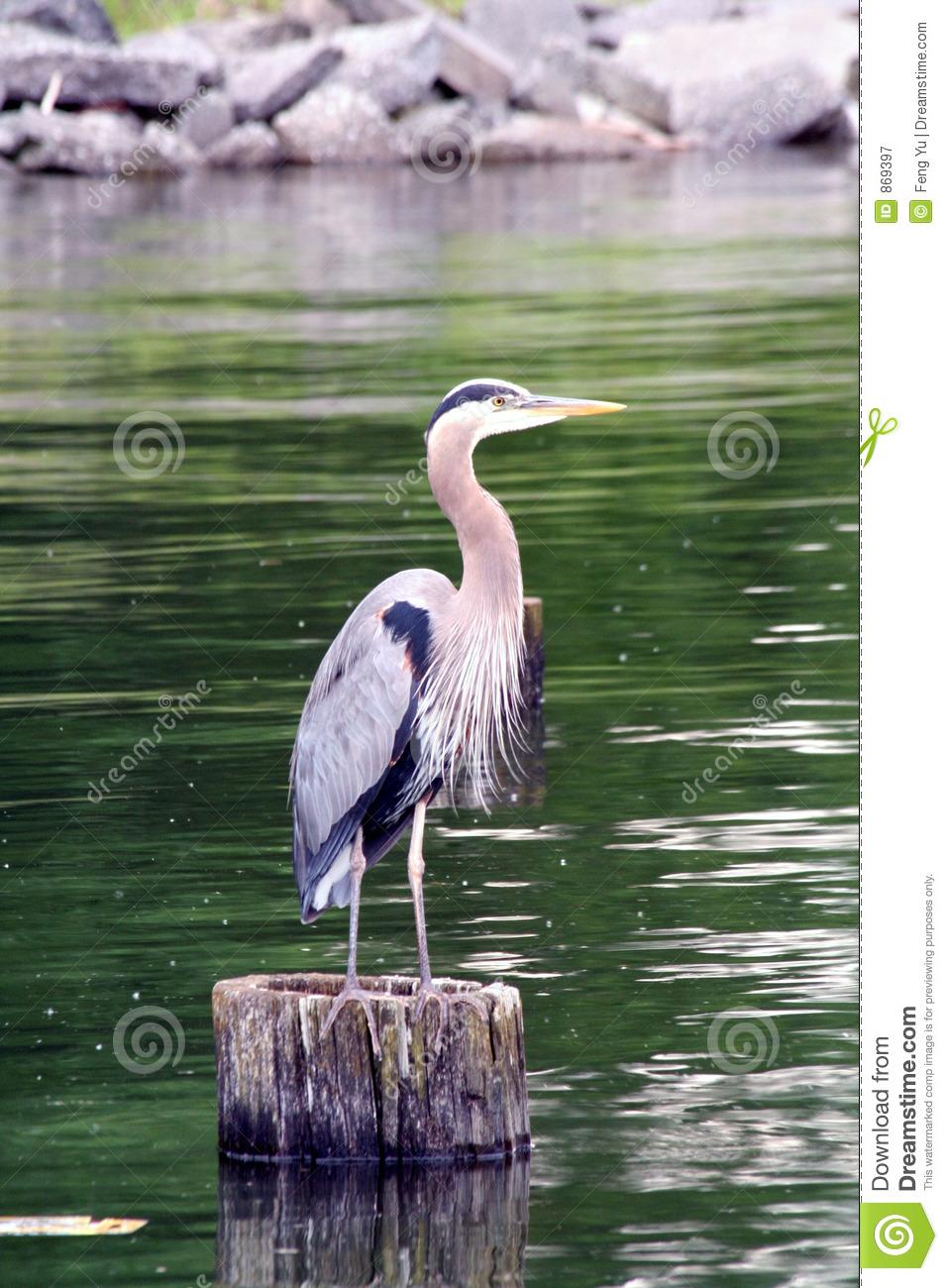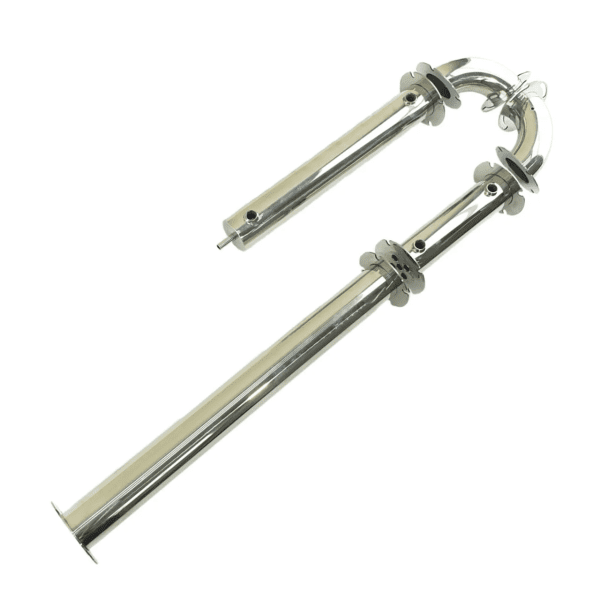
Peaceful Heron Fountain
Snow and frost outside the window. Winter holds all the way, but for now let's imagine a garden in summer. For example, we were sitting by the fountain. Where are you. We will make our own home and peaceful fountain. Such a fountain works without a pump, without electricity, clean plumbing.
The first to invent such a device was obviously a Greek, and his name was Heron. In his honor, the work was named "The Fountain of the Heron". During the construction of the fountain, we will have the opportunity to learn how to process glass in a hot way. It's easier than you think.
Fountain Model Work
The fountain consists of three reservoirs. An outlet pipe is mounted in the upper open one, through which water should be sprayed. The other two tanks are closed and must provide enough pressure for the water to actually rush out. The fountain works when there is enough water in the middle tank and the compressed air from the bottom tank is at a high enough pressure. The air in both hermetic tanks is compressed by water flowing from the open top tank into the lowest, bottom tank. The operating time depends on the capacity of the lower tanks and the diameter of the outlet nozzle of the fountain. To become the owner of such a spectacular model of a hydraulic jack, you must immediately get to work.
Workshop - indoor fountain - MT
Materials
To build a fountain, you will need two cucumber jars, four wooden blocks, a plastic bowl or food box and a plastic tube, and if you do not have it in the store, we will buy a wine transfer kit. In it we find the necessary plastic tube and, more importantly, a glass tube. In the kit, the diameter of the tube is such that it can be pressed in with a plastic tube. The glass tube will be used to obtain the nozzle needed to operate the fountain. For decorative lining of the bottom of the fountain, you can use stones, for example, from the holiday collection. You will also need an A4 cardboard box and a large cloth. We can get a box, tea towel and wine set from the hardware store.
Tools
- a drill or drill with a drill that matches the outer diameter of your pipes,
- hit with a fist
- a hammer,
- glue gun with glue supply,
- sandpaper,
- wallpaper knife,
- waterproof colored markers or a computer with a printer,
- long metal ruler
- clear varnish in spray.
breathing
Water should gush out of the conical glass tube. The wine set includes a glass tube, which, however, does not have a suitable shape for our needs. Therefore, you have to process the tube yourself. We heat the glass of the tube over the gas from the stove or, better, with a small soldering torch. We heat the glass of the tube in its central part, slowly, constantly turning it so that it heats up evenly around the circumference. When the glass begins to soften, carefully stretch both ends of the tube in opposite directions so that the section in the heated part begins to narrow. We want a nozzle with an inner diameter of about 4 millimeters at its narrowest point. After cooling, carefully break the tube at its narrowest point. Can be scratched with a metal file. I recommend wearing gloves and goggles. Gently sand the broken nozzle tip with fine 240 grit sandpaper or a high-speed stone dremel attachment.
Fountain reservoir
This is a plastic box. In its bottom we drill two holes with a diameter slightly larger than the diameter of the plastic cable you have. Glue a glass nozzle into the central hole. The nozzle should protrude about 10 millimeters from the bottom so that the tube can be put on it. Glue the longest piece of plastic pipe to the drain hole. It will connect the fountain to the lowest overflow tank. A piece of tubing from the bottom of the fountain nozzle will connect the top reservoir to the fountain.
Fountain legs
We will make them from four wooden blocks, each 60 millimeters long. They are necessary as we install plastic mats under the fountain tank. Glue the legs with hot glue in all four corners of the box.
Shunt
The valve is painted or drawn on a sheet of A4 cardboard. We can draw there, for example, a garden against which our fountain will whip. Such a landscape is included as an example in our monthly. It is good to protect the cardboard from water drops with a transparent varnish, and then glue it to the edge of the container with hot glue.
First and second overflow tanks
We will do both of these from two identical jars of cucumbers. The lids must not be damaged, as the performance of our model depends very much on their tightness. In metal caps, drill holes slightly larger than the diameter of the tube you have. Remember to first mark the hole locations with a large nail. The drill will not slip and the holes will be created exactly where you want them. The tubes are carefully glued to the holes with hot glue to ensure tight connections. Today's technology allows this with ease, but let's not feel sorry for gluten-free glue.
Fountain installation
The bottom of an open container can be laid out with small stones for effect, and then pour a small amount of water. Immediately check if everything is tight. For full artistic effect, glue our waterproof flap to the edge of the box. Then make sure that the overflow tanks are located below the fountain itself at two different levels, as shown in the picture. To get the correct overflow location, I used an inverted trash can and an old can with a diameter similar to the size of the cans. However, what to put the tanks on, I leave the creativity of DIY lovers unhindered. It also depends on the length of hoses you have and I have to admit that in a wine set the length of the hose is sufficient, although it's not impressive and you can't really go crazy.
FUN TIME
Pour water into the intermediate jar, the second lower container should be empty. As soon as we screw the lid of the medium container tightly and add water to the top one, the water should flow through the pipes and finally splash out of the nozzle. The pressure in the lower tank, which increases in relation to the external pressure, causes the intermediate water to be pumped out and thus the water to be sprayed by the fountain nozzle. The fountain worked. Well, not for long, because after a while the lower tank is filled with water and everything freezes. The fun is great and after a while, with childish joy, we pour water from the lower tank into the upper one and the device continues to work. Until the water runs out of the intermediate layer. And finally, we can always use cloth...
Finale
Although Heron was not familiar with cucumber jars or plastic pipes, he built a fountain in the garden. The tanks were filled with hidden slaves, but all the guests and spectators were delighted. But now, in the lessons of physics, we can suffer why the water in the fountain beats briskly and why for so long. After you have a good understanding of our fountain connected vessels, do not leave the device on your home shelf. I suggest taking this kit to the physics lab where it can be used by the next generation of students. A physics teacher will definitely appreciate your commitment and contribution to science with a good mark. It is known that even the greatest scientists started somewhere. Their motives have always been curiosity and the desire to know. Even if they, like us, spoiled and spilled something.
zp8497586rq
